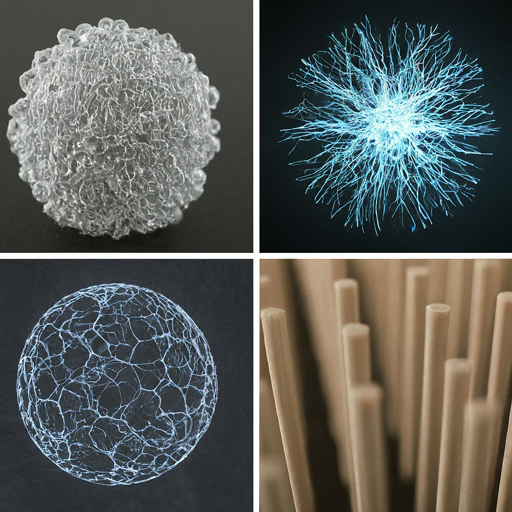Harnessing Light: A Guide to Single Photon Sources

Course Content
Chapter 1: Introduction to Single Photon Sources
-
Understanding Photons
00:00 -
Properties of Single photon sources
00:00 -
Applications: Overview of quantum computing, quantum communications, and other emerging technologies that rely on single photon sources.
00:00 -
Historical Context: Evolution of single photon sources from early research to current advancements.
00:00